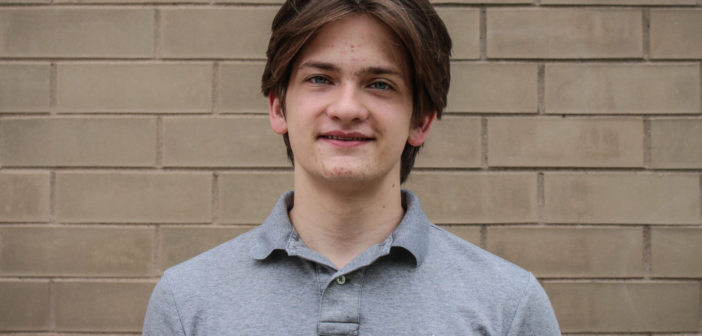Neuroscience can be a complicated field. With millions of neurons interacting with billions more to form pathways that may travel in any direction, these topics are often hard to grasp.
But, as complex as it may be, the only chance of understanding this field comes from research.
In neuroscience, animal models are often used for research, the most common being mice, rats, fruit flies and roundworms.
Since much of scientific research is motivated by the potential benefits it could have on people, the degree to which we apply these animal-based findings to human subjects is very important.
For example, I learned in class today that although the most common antidepressants take between two weeks and one month to begin affecting the person taking them, they work much faster in mice that are given a dose proportional to their body weight.
Furthermore, the particular ways in which animal research translates to human subjects are very unpredictable: a success in one area might not yield a success in another.
It’s not entirely a guessing game, thankfully. There are indications that certain animal models will be better than others for a particular area of research, and choosing which one to use is a whole science in itself.
Researchers must consider genetic similarity to humans, analogues in brain structure or function, metabolism, background knowledge of biological properties, cost, availability and ethical implications when picking an appropriate animal model.
As may be expected, a lot of the process of choosing an animal model will be rife with trade-offs: what one animal model does exceptionally well may also lend it to being poor in another area.
Mice and humans have brains that are far more similar than you expect.
Due to similarities in the way we develop, the type and function of our organs and similar circulatory, reproductive, digestive and nervous systems, mice are usually a good model for humans.
The biggest drawback of mice, however, is that they take a relatively long time to acquire. When a mouse gets pregnant, it will take between 18 and 22 days to give birth, after which the litter needs care in order to survive.
If you decide that you want a young mouse to do an experiment with, it will take about seven weeks for that mouse to be ready.
Roundworms, on the other hand, are fast. They have a life cycle of only two weeks and can lay between four and ten eggs in an hour.
But there’s a trade-off. This quick development is offset by the fact that roundworms are far less similar to humans than mice are, whether it be neurally or biologically.
As organisms get easier to acquire and easier to work with, they seem to translate increasingly less to humans. Picking a model organism becomes a game of give and take, as researchers must weigh the benefits and deficits of each subject.
One field particularly difficult to generalize is mental health.
Mood disorders like depression and bipolar disorder are really challenging to research in that their symptoms influence the way we experience consciousness. They change the ways we feel and think about everything.
Although a virus is a virus and a gene is a gene, there is absolutely no way to definitively ascertain whether a mouse that you’ve experimentally made sad is experiencing anything even remotely analogous to depression in humans.
While I hope to dive more into this topic in future pieces, it is important to recognize the value in choosing appropriate animal models.






Comment policy
Comments posted to The Brown and White website are reviewed by a moderator before being approved. Incendiary speech or harassing language, including comments targeted at individuals, may be deemed unacceptable and not published. Spam and other soliciting will also be declined.
The Brown and White also reserves the right to not publish entirely anonymous comments.
2 Comments
No, animals aren’t people. But people ARE animals: the most invasive, destructive and only SELF-destructive species in planetary history, to the detriment of all others. And we dare call ourselves Homo SAPIENS (SIC). Eight BILLION and counting…..
On the flip side people can consciously choose to do good or reply to evil with good. Free will is a curse and a blessing choose wisely.